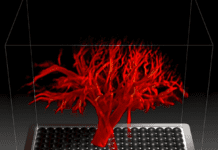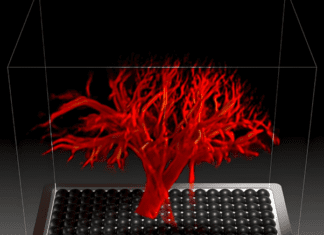This post is also available in:
 עברית (Hebrew)
עברית (Hebrew)
Researchers at North Carolina State University have developed groundbreaking wearable technology that harnesses energy from human movement while simultaneously enhancing comfort for the wearer. This new advancement is the result of extensive research into materials known as amphiphiles, which can both reduce friction and generate electricity.
Amphiphiles are molecules that are commonly used in consumer products to minimize friction, such as in diapers to prevent chafing. In their recent study, published in Science Advances, the team set out to understand how these molecules influence surface friction. They discovered that amphiphiles could be used to modify materials, not only reducing friction but also generating electricity when rubbed against other surfaces.
According to TechXplore, the researchers created wearable fabrics with surfaces that are both comfortable to the skin and capable of producing electricity. By incorporating amphiphiles with electron-donating properties, they were able to design materials that generate power through friction, offering a new method for harvesting energy from everyday movements. These materials are expected to be a significant step toward creating wearable devices that generate electricity without compromising comfort.
In their proof-of-concept tests, the researchers demonstrated that these amphiphile-infused materials could generate up to 300 volts of electricity from the friction created by rubbing against skin or other materials. This development is significant because while energy harvesting technologies are already established, wearable devices that are comfortable for long-term use have been scarce. The researchers found an optimal balance between the friction needed to generate power and the comfort of the material, which is crucial for practical applications in haptic technologies.
This innovation holds promise for a range of applications, from powering small devices like wearables to potentially integrating into existing haptic technologies. The team is eager to explore new ways these materials can be used and is open to collaborating with industry partners to expand their applications, according to TechXplore.


























